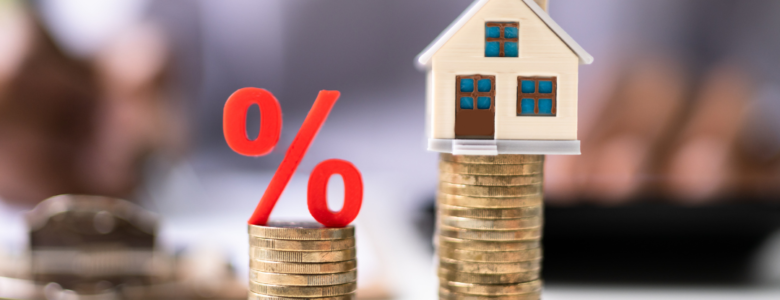When exploring financial options for seniors, reverse mortgages emerge as a potential avenue to unlock home equity. However, understanding the factors influencing reverse mortgage interest rates is pivotal for making informed decisions. Let’s delve into the key elements that shape these rates and impact the overall dynamics of reverse mortgage transactions.
1. Market Conditions:
Reverse mortgage interest rates are intrinsically tied to broader economic trends. Fluctuations in the overall market, including changes in interest rates set by central banks, can directly influence the rates offered in the reverse mortgage market.
2. Lender Margins:
Lenders play a crucial role in determining reverse mortgage interest rates. Each lender sets its own margins, representing the additional percentage added to the underlying interest index. Shopping around for lenders with competitive margins is essential for securing favorable rates.
3. Type of Reverse Mortgage:
The type of reverse mortgage chosen significantly impacts interest rates. Home Equity Conversion Mortgages (HECMs), insured by the Federal Housing Administration (FHA), often have different rate structures compared to proprietary reverse mortgages offered by private lenders.
4. Borrower Age and Loan Duration:
The age of the borrower and the duration of the loan are key considerations. Younger borrowers and longer loan terms may result in slightly higher interest rates. Understanding how these factors interplay is crucial for tailoring the reverse mortgage to individual needs.
5. Interest Rate Index:
Reverse mortgage interest rates are typically tied to an index, such as the London Interbank Offered Rate (LIBOR) or the Constant Maturity Treasury (CMT). Changes in these indices directly impact the interest rates on reverse mortgages.
6. Loan Structure:
The way in which the borrower chooses to receive funds—whether through a lump sum, monthly payments, or a line of credit—can influence the interest rate. Different structures may have varying rate implications.
7. Financial Assessment:
Lenders conduct a financial assessment to determine the borrower’s ability to meet ongoing obligations, including property taxes and insurance. This assessment may impact the interest rate offered based on the perceived risk.
8. Property Value:
The appraised value of the property serves as a fundamental factor. Higher-valued homes may qualify for better interest rates, while lower appraisals could result in less favorable terms.
9. Regulatory Changes:
Government regulations and policy changes can also influence reverse mortgage interest rates. Staying informed about any shifts in regulations is crucial for borrowers and potential applicants.
10. Creditworthiness:
While credit scores don’t impact reverse mortgage eligibility, they may influence the interest rate. A higher credit score could contribute to securing a more favorable rate.








